Why Coarse Ground Coffee is the Secret to a Better Brew
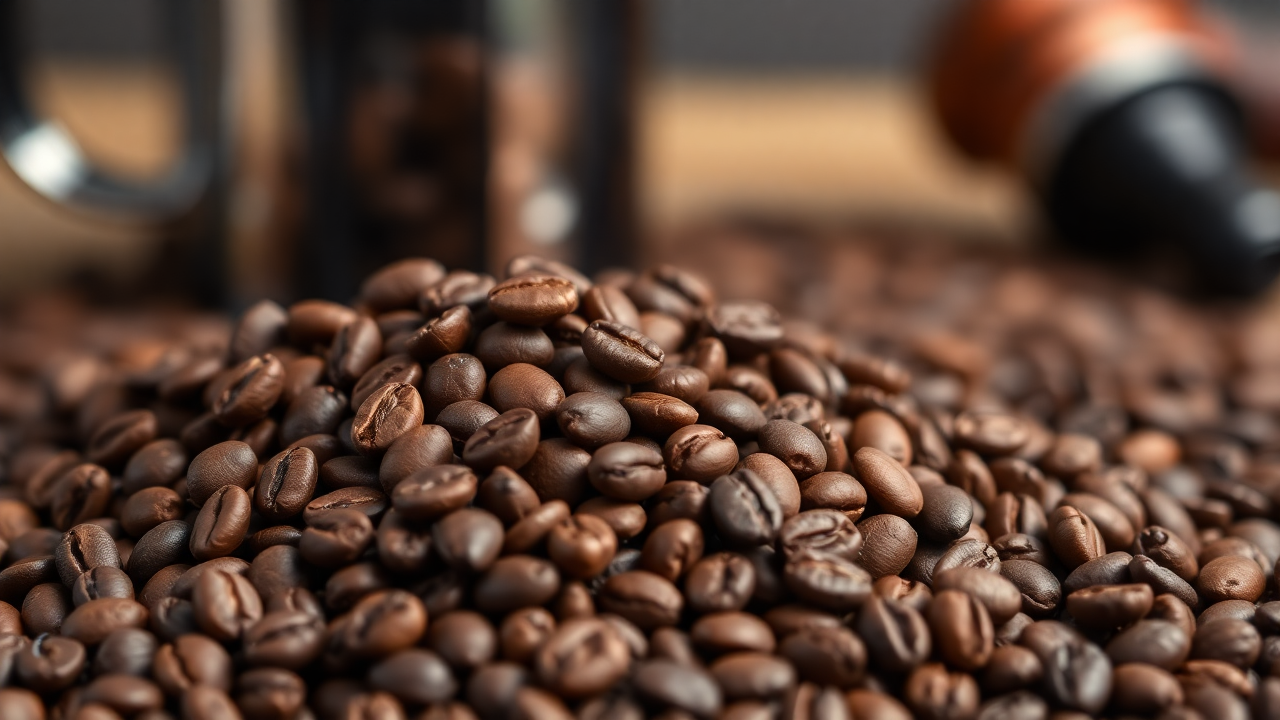
Estimated Reading Time: 15 minutes
Introduction: Unlocking the Secret to a Perfect Coffee Experience
For coffee enthusiasts, the pursuit of the perfect cup is a never-ending journey. From selecting the finest beans to experimenting with brewing methods, every detail matters. But one critical element often goes unnoticed—the grind size of your coffee beans. Coarse ground coffee, an often-overlooked choice, holds the key to unlocking a richer, smoother, and more balanced coffee experience.
In this article, we'll dive deep into the world of coarse ground coffee, exploring its unique characteristics, why it's essential for certain brewing methods, and how it can elevate your coffee game. By the end, you'll not only understand why coarse ground coffee is the secret to a better brew but also how to master it for your favorite brewing styles.
Coarse Ground Coffee: The Key to Balanced Flavor Extraction
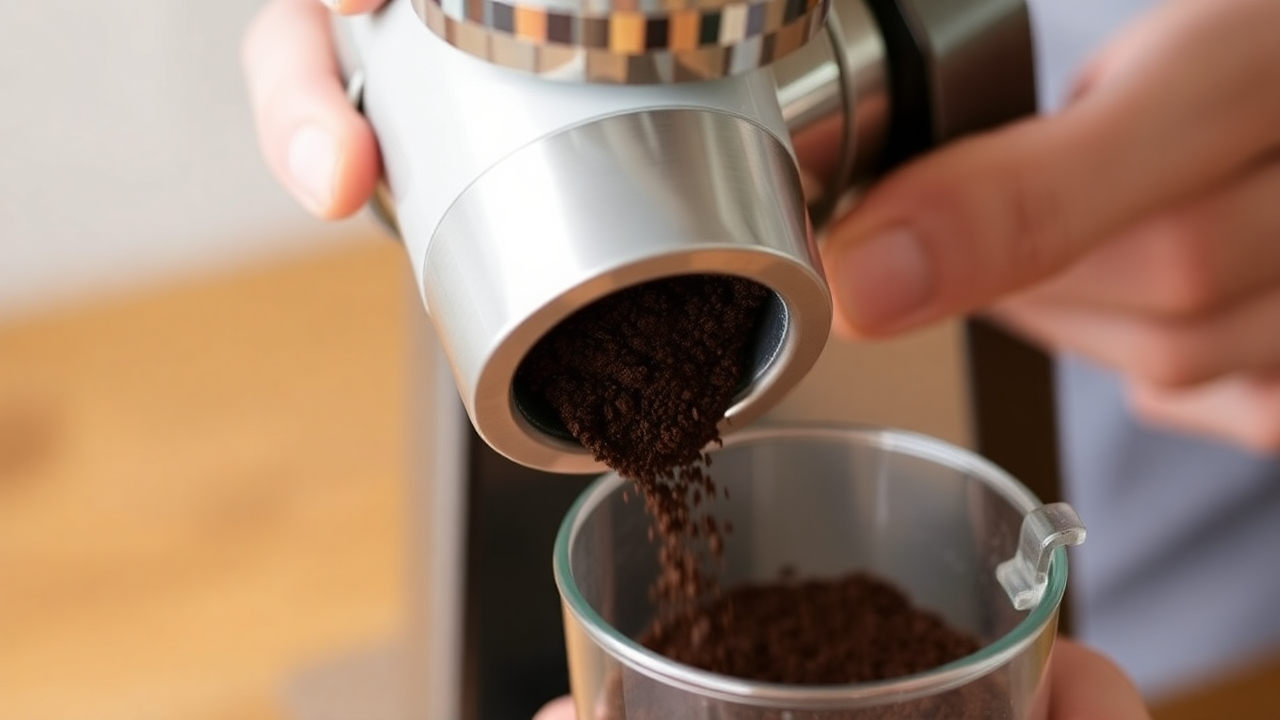
What is Coarse Ground Coffee and Why Does it Matter?
Coarse ground coffee refers to coffee beans that have been ground into larger, chunkier particles, resembling the texture of sea salt. This grind size is achieved using a burr grinder set to a coarse setting, which ensures uniformity in particle size.
Why does this matter? The grind size determines how water interacts with the coffee during brewing, directly impacting the flavor extraction. Coarse grounds slow down the extraction process, allowing for a more balanced and smooth flavor profile. This prevents over-extraction, which can lead to bitter or acidic coffee.
The Science Behind Coarse Ground Coffee
To understand why coarse grounds are superior for certain brewing methods, it's important to consider the science of coffee extraction:
- Finer Grinds: These have a larger surface area, leading to faster extraction. While this works for espresso, it can result in over-extracted, bitter flavors in immersion brewing methods.
- Coarse Grinds: Larger particles slow the extraction process, creating a more controlled and balanced flavor. This allows the natural sweetness and complexity of the coffee beans to shine.
Key takeaway: The grind size isn't just a technical detail—it's a game-changer for your coffee's flavor and texture.
Best Brewing Methods for Coarse Ground Coffee
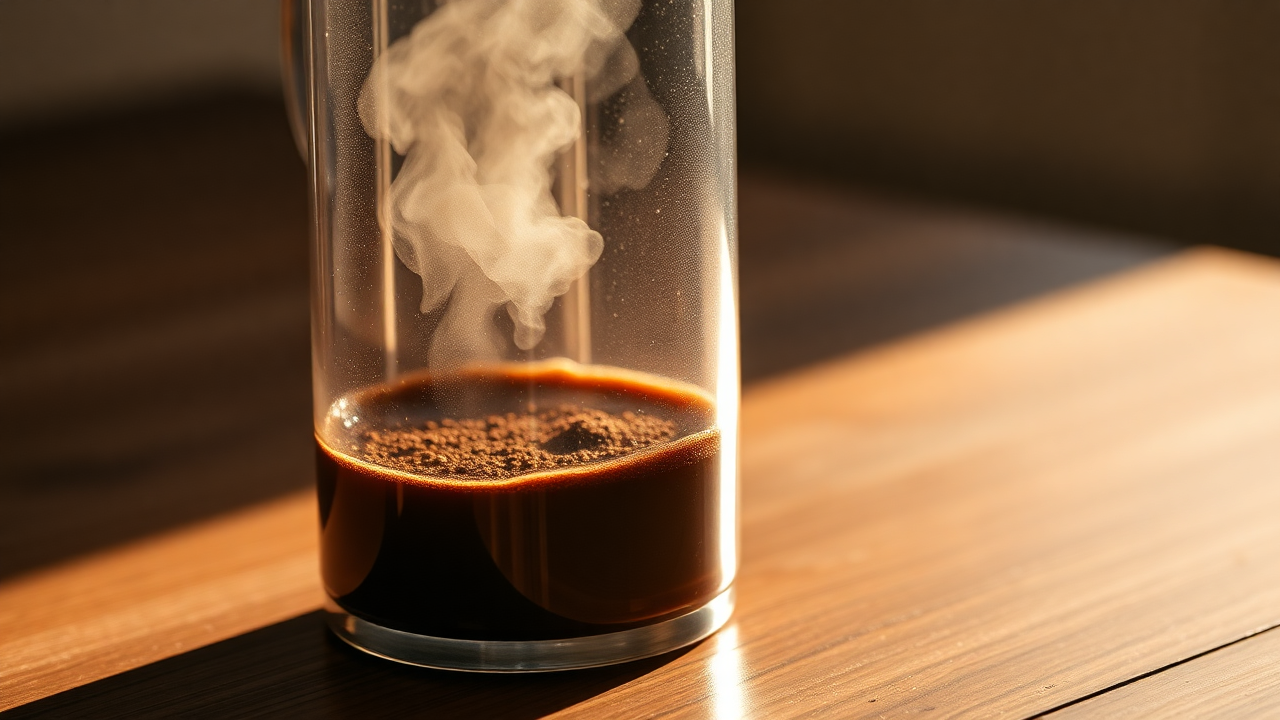
1. French Press: The Classic Choice for Coarse Grounds
The French press is one of the most popular brewing methods for coarse ground coffee. Its immersion-style brewing process allows water to steep with the coffee grounds, extracting bold and full-bodied flavors.
- Why Coarse Grounds Work: The larger particles prevent fine sediment from slipping through the metal filter, resulting in a cleaner cup.
- Pro Tip: Use a coffee-to-water ratio of 1:15 and steep for 4 minutes for the best results.
2. Cold Brew: Smooth and Refreshing
Cold brew is another brewing method that relies heavily on coarse grounds. By steeping coffee in cold water for 12-24 hours, you'll create a concentrate that's naturally sweet and low in acidity.
- Why Coarse Grounds Work: The long steeping time requires slow extraction, which coarse grounds provide.
- Pro Tip: Mix the concentrate with water or milk for a perfectly balanced drink.
3. Percolator: Old-School Brewing with Coarse Grounds
The percolator is a classic brewing method that cycles boiling water through coffee grounds. Coarse ground coffee is ideal for this method because it prevents clogging and over-extraction.
- Why Coarse Grounds Work: The larger particles allow for consistent water flow and balanced flavor.
- Pro Tip: Monitor the brewing process to avoid over-boiling, which can make coffee taste burnt.
How to Brew the Perfect Cup with Coarse Ground Coffee
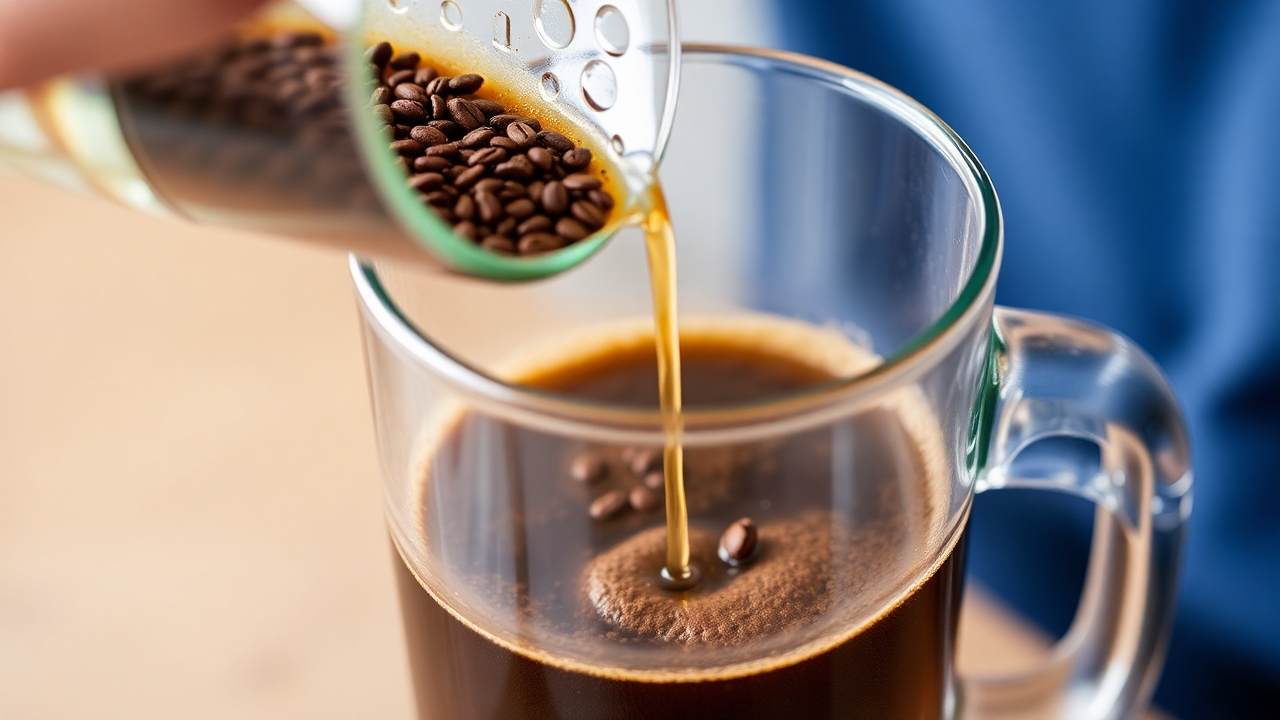
Step-by-Step Guide for Beginners
Brewing with coarse ground coffee doesn't have to be intimidating. Here's a simple guide to get started:
- Choose Freshly Ground Coffee: Always grind your beans fresh for the best flavor.
- Use the Right Ratio: Stick to a coffee-to-water ratio of 1:15 to 1:17.
- Control Water Temperature: Aim for 195°F to 205°F (90°C to 96°C).
- Experiment with Brew Time: Adjust steeping time based on your taste preferences.
Common Mistakes to Avoid
- Using fine grounds in immersion brewing methods.
- Steeping for too long, which can lead to over-extraction.
- Not cleaning your brewing equipment, which can affect the flavor
Coffee links for you to have a good experience when making your coffee thicker
- [ Black Special Coffee - Whole Bean - 500g ]
- [ Specialty Coffee - Lemon Sweetness Microlot ]
- [ Rigno Coffee - special coffee - medium roast - whole bean - 500g]
Why Coarse Ground Coffee is Better for Your Health

Reduced Acidity and Bitterness
Coarse ground coffee is naturally less bitter and acidic, making it easier on the stomach. This is especially important for those who suffer from acid reflux or digestive issues.
Retains More Nutrients
The slower extraction process allows coarse grounds to retain more of the coffee's natural antioxidants, which are beneficial for overall health.
FAQs About Coarse Ground Coffee
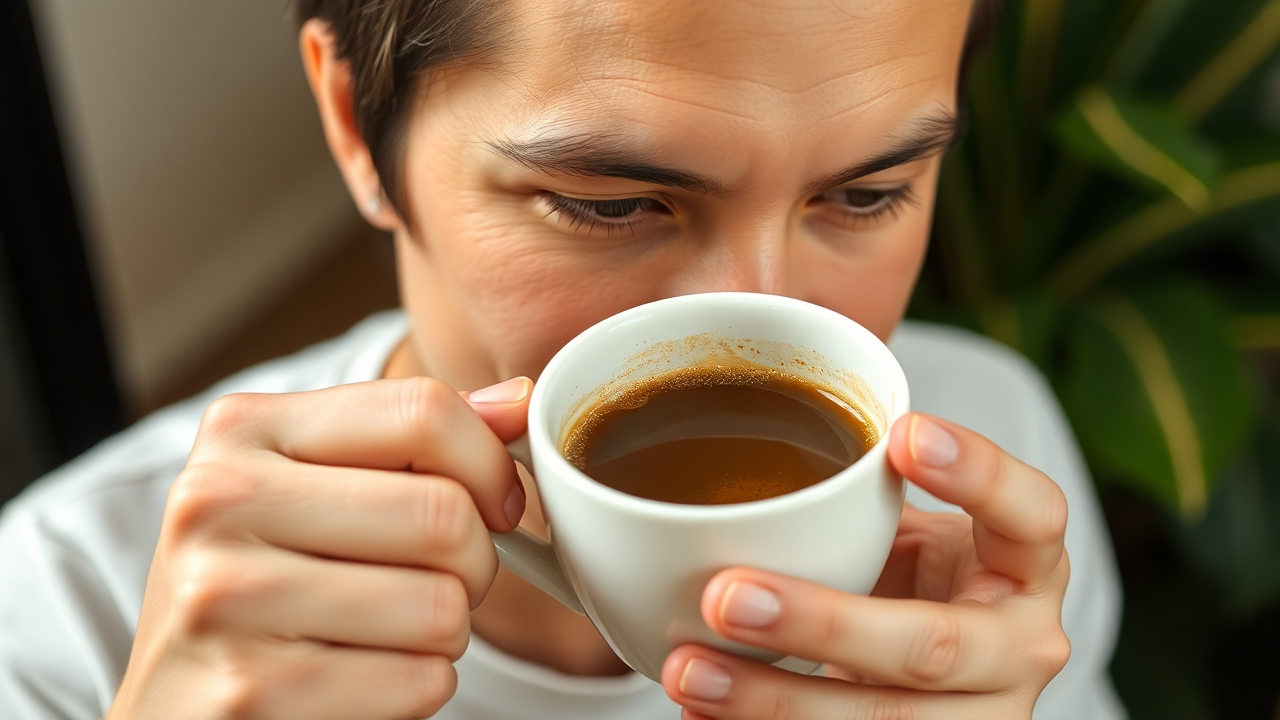
What's the Best Grinder for Coarse Ground Coffee?
A burr grinder is the best choice for achieving a consistent coarse grind. Blade grinders often produce uneven particles, which can lead to inconsistent brewing.
Can You Use Coarse Ground Coffee for Espresso?
No, espresso requires a fine grind to achieve the high-pressure extraction process. Coarse grounds won't work for this method.
Elevate Your Coffee Game with Coarse Grounds
Coarse ground coffee isn't just a grind size—it's a secret weapon for achieving a better brew. Whether you're using a French press, cold brew, or percolator, coarse grounds unlock balanced flavors, smoother textures, and a more enjoyable coffee experience.
By understanding the science behind coarse ground coffee and mastering the best brewing methods, you can take your coffee game to the next level. So, the next time you brew, choose coarse grounds and taste the difference for yourself.
